| Structure | Name/CAS No. | Articles |
|---|---|---|
 |
Glycerol
CAS:56-81-5 |
|
 |
sucrose
CAS:57-50-1 |
|
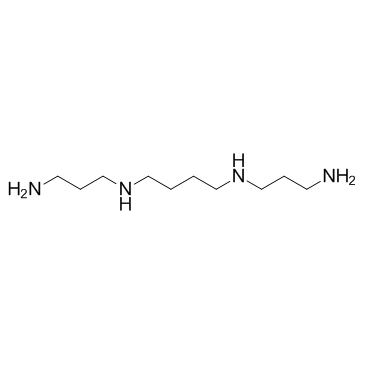 |
Spermine
CAS:71-44-3 |
|
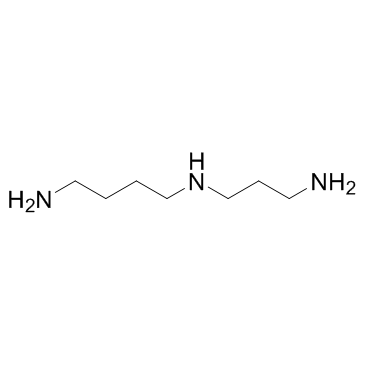 |
spermidine
CAS:124-20-9 |
|
 |
Ammonium acetate
CAS:631-61-8 |
|
 |
Acetonitrile
CAS:75-05-8 |
|
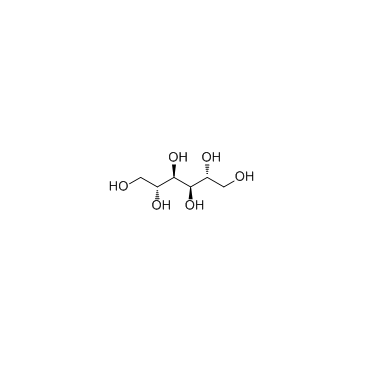 |
D-Mannitol
CAS:69-65-8 |
|
 |
Dimethyl sulfoxide
CAS:67-68-5 |
|
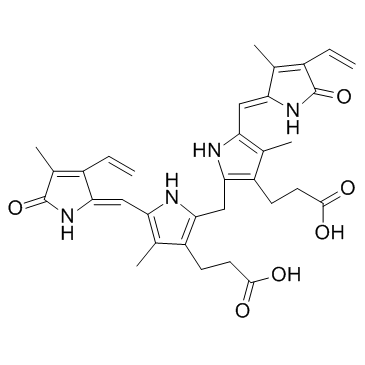 |
bilirubin
CAS:635-65-4 |
|
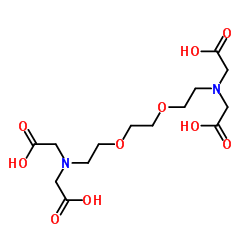 |
EGTA
CAS:67-42-5 |